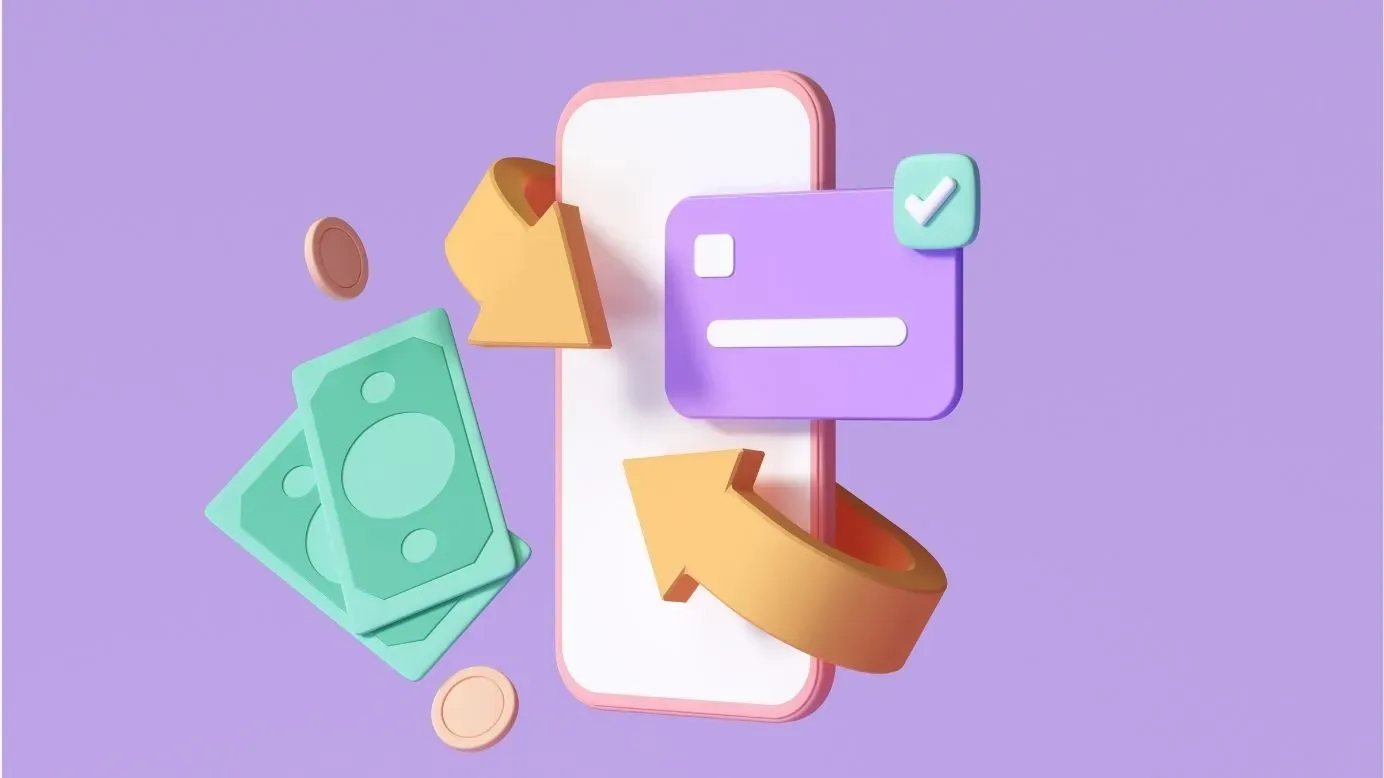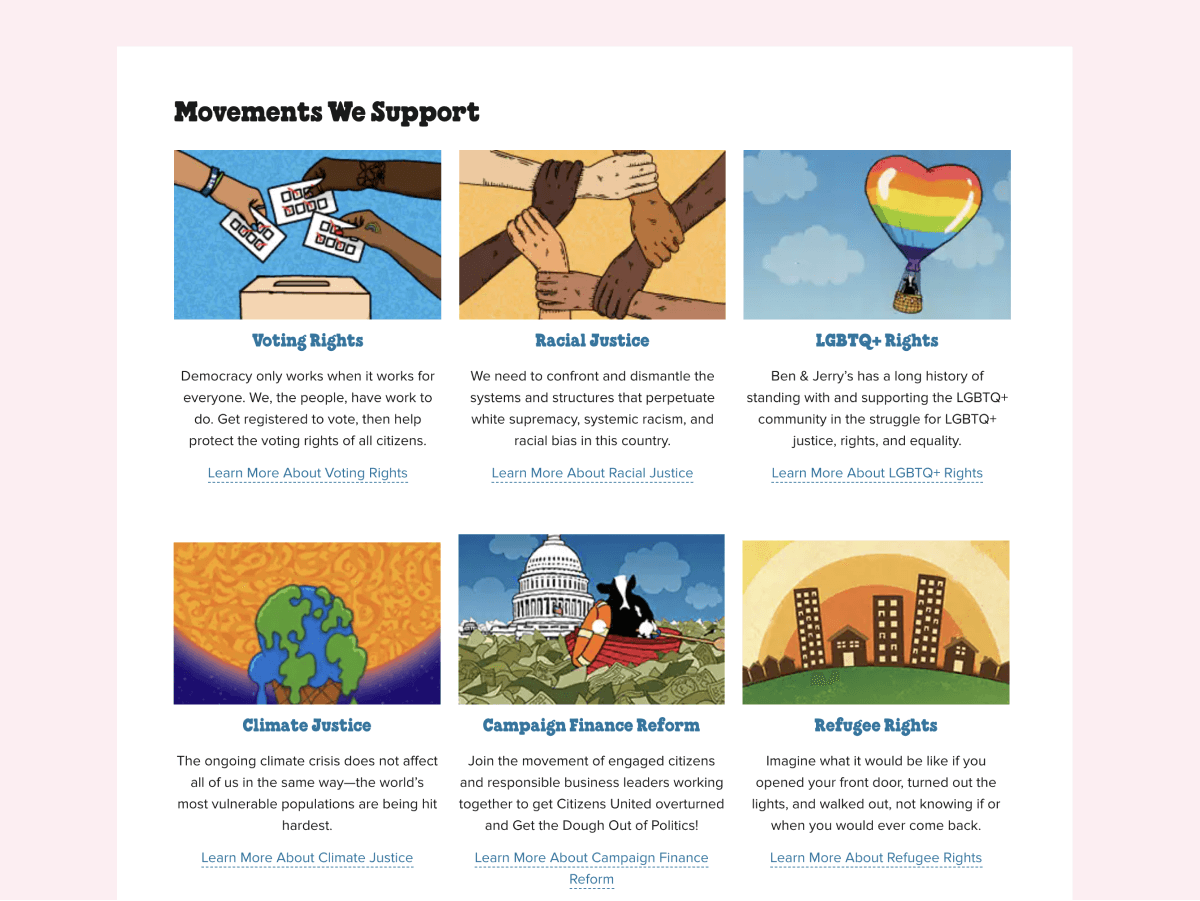A Guide To Building A Successful Customer Reward Program
A well-crafted customer rewards program goes beyond points—it builds emotional connections, encourages repeat business, and creates loyal brand advocates. This guide explores key strategies, popular program types, and successful brand examples.

On this page
It is no secret that today’s customers love reward programs. The question is, what kind of reward system are they truly motivated by? A lot of brands are only just waking up because reward programs are a powerful way to understand your customers like never before.
It is a tool that was not widely harnessed before until now. A well-designed customer reward program can uncover insights into behavior, preferences, and purchase patterns.
Discounts might be the initial incentive that gets people to sign on, but what gets people to stick is creating a personalized experience based on the sign-up information that you ask at the start.
And customers, more than anything else, do not want to compromise when it comes to their experiences, nor do they want to be slapped with some gift or reward that holds no relevance. Instead, they want brands to deliver the kind of value and experience that they want
If you are ready to build a loyalty campaign that goes far beyond points and freebies, here is a quick guide on customer reward program to help you out. But first, let us understand the basics.
Why invest in a customer reward program?
All too often, brands focus on acquiring new customers without paying enough attention to the old ones. However, increasing your customer retention rate by just 5% can bump your profits by as much as 95%.
The Harvard Business Review study shows that focusing on a robust rewards program encourages buyers to keep returning.
For small businesses, in particular, customers that keep coming back, are crucial to keep the cash flow steady and get the word out about the brand. Let us take a closer look at the benefits of a rewards program and customer referral rewards.
1. No need to compare price
Most retailers today cannot afford to offer prices as low as Amazon can. Instead, retailers can appeal to a customer’s emotional side by providing thoughtful rewards that delight the customer.
The more that happens, the more the customer develops an emotional connection with the brand and the likelier they are to keep coming back. A customer reward program is one of the most effective ways to build this emotional connection.
2. Retain customers better
Given that loyal customers are likely to spend 67% more than new ones, the cost of acquiring new customers is about five times higher than that of retaining an old one. That is why creating incentives for buyers to keep returning is essential. This is where a smartly designed rewards program can help you out.
3. Boost customer lifetime value (CLV)
This is the net profit that you can expect to make off your overall relationship with a customer. If you leverage your customer data to create thoughtfully tailored rewards, you are likely to see this lifetime value go up, which, in turn, will boost your bottom line. A data-backed customer reward program can make all the difference in boosting CLV.
4. Foster personal relationships
Each of your customers is unique and deserves to be treated as such. With the right rewards program, you can help your customers feel valued when they shop with you. This is a powerful feeling that translates into repeat purchases for your business.
5. Create brand advocates
Did you know that 92% of people trust word-of-mouth recommendations from friends and family more than any other type of marketing? By adding a referral element to your rewards program, you can help your existing customers feel special and nudge them to spread a good word about your brand in their circles.
A referral-driven customer reward program taps into this trust organically. Promoting brand advocacy is a great way to extend your user-base that may otherwise not have known about you.
With Loyalife, you can create personalized experiences, automate rewarding based on real-time triggers, and engage customers meaningfully across every touchpoint. It’s the modern solution to turning satisfied buyers into loyal advocates, driving measurable growth and long-term retention
Different types of customer reward programs
Customer reward program comes in various formats, each with its own set of advantages and applications. Here are some of the most popular types:
1. Points-based programs
In points-based programs, customers earn points for various actions such as purchases, reviews, or referrals. These points can be redeemed for discounts, products, or experiences.
For example, Decathlon, a global leader in stylish and accessible sports equipment, offers a one-stop shop for all your athletic needs.
Here is what awaits you as a member:
Exclusive deals & savings: Get member-only discounts, promotions, and early access to new products.
Events & workshops: Dive deeper into your favorite activities with exclusive invitations to member-only events, workshops, and activities. Learn new skills, connect with fellow sports enthusiasts, and discover unique experiences curated just for you.
2. Tiered programs
Choosing the right customer reward program depends on your goals and customer behavior. Tiered programs offer various levels of benefits based on spending or engagement. Higher tiers unlock exclusive rewards and perks.
An example of this is Amazon Prime, where members receive benefits like free shipping, early access to sales, and exclusive content. As customers move up the tiers, the perceived value of the program increases, encouraging more spending and engagement.
Free shipping, exclusive offers, early access to hot new products, and a treasured trove of rewards await. Climb the tiers through your annual purchases or other activities, and enjoy increasing perks like bonus points, special gifts, and VIP access to events and launches.
Redeem your points for a curated selection of Lancôme products, discounts, unique experiences, and more. (Remember to check program details for specific redemption options and points requirements.)
3. Cashback programs
Cashback programs give customers a percentage of their purchase amount back as cash or store credit. Credit card reward programs are a common example, where cardholders earn a percentage of their spending back as cashback.
This type of program is straightforward and directly rewards customers for their spending, making it highly attractive.
Every purchase (excluding some items like prescriptions) earns you 2% cashback in, which you can use to save on future purchases. Plus, earn up to an additional $50 in Pharmacy & Health ExtraBucks Rewards for filling prescriptions and getting important vaccinations.
4. Subscription programs
Subscription programs offer exclusive access to products or services for a recurring fee. These programs often include additional benefits like free shipping, early access to sale events, or unique content.
Amazon Prime is also an example here, providing members with a suite of benefits for a monthly or annual fee. Subscription models create a steady revenue stream and foster a sense of exclusivity among members.
5. Value-based programs
Value-based programs reward clients for actions that align with the brand's values. Patagonia's Worn Wear program is an example, encouraging customers to repair or resell Patagonia products instead of buying new ones. This not only promotes sustainability but also strengthens the brand's connection with customers who share similar values.
6. Gamification programs
Gamification programs engage customers through gamified experiences such as points, badges, and leaderboards. Xbox for instance, their Xbox Rewards program, seamlessly integrated with the wider Microsoft Rewards program, lets you earn points for more than just gaming.
Explore different challenges within your favorite games, purchase content on the Xbox Store, take surveys, and even quizzes – all while gaining up points. This connection between your gaming actions and rewards fuels a sense of accomplishment and keeps you engaged.
Redeem your points for – Xbox gift cards, Game Passes, sweepstake entries, charitable donations, and more! This gamified approach adds fun and competition to a customer reward program.
Designing an effective customer reward program
Creating a successful client reward program involves several key steps:
Set clear goals and objectives
Determine what you want to achieve with your program. Are you aiming to increase customer retention, boost average order value, or attract new customers? Having clear objectives will guide the design and implementation of your program.
Define the value proposition
Clearly outline the benefits your program will offer to clients. Ensure that the rewards are relevant and desirable to your target audience. The value proposition should be compelling enough to encourage customers to join and participate actively in the program.
Choose the right program type
Make sure your customer reward program aligns with user habits, your business goals and product lifecycle. Consider the different types of reward programs and choose the one that best fits your needs.
For instance, a points-based program might be ideal for a retail business, while a subscription model could work well for a service-oriented company.
Make it easy to join and participate
A seamless sign-up process and clear communication are crucial for the success of your reward program. Ensure that joining the program is straightforward and that customers understand how to earn and redeem rewards. Use user-friendly platforms and communicate the benefits effectively.
Track and analyze data
Monitor the performance of your reward program regularly. Collect data on customer participation, reward redemption, and overall impact on sales and customer retention. Use this data to make informed adjustments to the program as needed. Continuous analysis helps in identifying what works and what doesn't, allowing for optimization over time.
By following these steps, businesses can design a customer reward program that not only attracts new customers but also fosters long-term loyalty and engagement.
Why customer loyalty is the heart of any reward program
At its core, a customer reward program is more than just a system of discounts and giveaways—it is a long-term strategy to cultivate genuine customer loyalty. While points, cashback, and free gifts can spark initial interest, true brand loyalty is built on how those rewards make customers feel. When people feel recognized, valued, and understood, they’re far more likely to stay loyal to a brand—even when competitors offer similar products or lower prices.
Here are the key points on how rewards foster customer loyalty:
- Create emotional connection
Personalized rewards make customers feel recognized and valued—deepening their emotional bond with the brand. - Encourage repeat purchases
When customers know they'll be rewarded for their actions, they’re more likely to return and buy again. - Enhance customer experience
Surprise rewards and timely incentives elevate the overall experience, making interactions with your brand more memorable. - Reinforce positive behavior
Reward programs reinforce desirable behaviors such as repeat buying, social sharing, or referrals—turning one-time buyers into loyal customers. - Build brand trust and credibility
Consistently rewarding customers shows that your brand keeps its promises, increasing trust and loyalty over time. - Drive long-term engagement
Structured programs with tiers, gamification, or exclusive benefits keep customers engaged and invested in progressing. - Differentiate your brand
In competitive markets, a rewarding experience helps you stand out, giving customers a reason to choose you over others. - Turn loyal customers into advocates
Loyal customers who are consistently rewarded are more likely to refer others and promote your brand organically.
If your customers aren’t staying engaged—despite points and discounts—it’s a sign your loyalty program needs a smarter approach. Many programs fall short because they lack flexibility, personalization, and real-time engagement.
Loyalife changes the game with a modular loyalty engine that lets you design data-driven, dynamic programs tailored to your business goals. From points-based and tiered systems to value-driven rewards, Loyalife makes it easy to build personalized journeys that deepen customer connections. With seamless integrations, smart automation, and a rich marketplace of global rewards, Loyalife helps you create loyalty experiences that go beyond transactions—and keep your customers coming back.
Build loyalty that lasts with Loyalife.
Best customer rewards program ideas to be inspired by
If you are new to building a customer reward program, the easiest place to start is by looking at brands getting it right. Here are some famous loyalty programs, each with their distinctive touch, that customers keep coming back to.
1. Ben and Jerry’s
The iconic ice cream brand builds customer loyalty through strong dedication to social causes. Besides giving out commission-free gift cards, They often release special flavors with social justice themes and donate the proceeds to various causes that they believe in.

This type of program helps customers feel good about making a difference by purchasing from the brand.
2. Sephora
Their Beauty Insider Community has 17 million members who can choose their rewards from the points they accumulate. These rewards could be discounts on the products (because Sephora is known for its premium range), exclusive beauty tutorials, or makeovers to engage the customers for the long haul further.
3. Ulta Beauty's revamped loyalty program
In January 2024, Ulta Beauty enhanced its loyalty program by adding new perks and a more personalized birthday benefit. This initiative aimed to increase active membership, which had already grown from 30.7 million in FY2020 to 40.2 million in FY2022, contributing to over 94% of annual sales.
4. Starbird's Loyalty program overhaul
Starbird, a California-based fast-casual restaurant chain, revamped its loyalty program in 2024 to better engage customers. Now, members earn 10 points per $1 spent via the app, website, or in-store kiosks.
Points can be redeemed for free menu items, with added perks like a welcome bonus, birthday rewards, and exclusive offers—creating a more rewarding and seamless experience.
5. Stop & Shop's savings stations
In late 2024, Stop & Shop introduced in-store kiosks called Savings Stations across its 365 locations. These kiosks allowed customers to access digital-only coupons and personalized offers by using their loyalty cards or phone numbers, making savings more accessible, especially for those without smartphones or internet access.
6. M&M’s Fun Club
In 2024, M&M’s launched the M&M’s Fun Club, a free loyalty program for U.S. customers that rewards purchases, trivia participation, and social media engagement with points.
These points can be redeemed for exclusive M&M’s merchandise and experiences, like branded tumblers and scented candles. The program aims to drive deeper engagement and brand loyalty by turning everyday interactions into playful, rewarding moments.
In conclusion
Customer loyalty is built on trust, relevance, and continuous engagement—not just points or discounts. The best loyalty programs create memorable experiences that strengthen bonds and drive long-term retention.
That’s where Loyalife excels. Here’s what makes it a game-changer for customer loyalty:
- Flexible loyalty engine: Easily design simple or advanced programs—whether it’s point-based, tiered memberships, or coalition models—to suit your business needs.
- Real-time rule automation: Set smart earning and redemption triggers with its powerful rule engine, rewarding customers instantly based on their actions.
- Omnichannel engagement: Keep customers engaged across every touchpoint—email, SMS, push notifications, and in-app messaging—all from one platform.
- Comprehensive member management: Track and manage every stage of your loyalty members’ journey, with deep insights into behavior and preferences.
- Rich reporting & insights: Access customizable dashboards to monitor performance, reward redemptions, and ROI—making your strategy data-driven.
- Seamless integrations: Integrate Loyalife into your CRM, POS, e-commerce, and other systems easily, ensuring smooth workflows and data sync.
- Marketplace of global rewards: Offer customers a wide range of exciting redemption options—from gift cards to curated experiences—boosting engagement and satisfaction.

